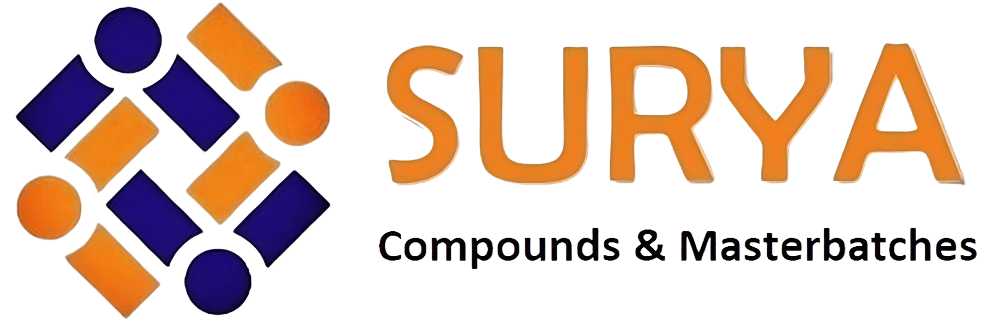- Home
- Masterbatch
- Additive Masterbatch
- Anti-Block Masterbatch
- Anti-Fog Masterbatch
- Anti-Microbial Masterbatch
- Anti-Oxidant Masterbatch
- Anti-Static Masterbatch
- Anti-Termite & Rodent Masterbatch
- Desiccant / Anti-Moisture Masterbatch
- Optical Brightener Masterbatch
- Flame Retardant Masterbatch
- Slip Masterbatch
- Polymer Processing Aid (PPA) Masterbatch
- UV Masterbatches
- VCI Additive Masterbatch
- Filler Masterbatch
- Black Masterbatch
- White Masterbatch
- Color Masterbatch
- Mono Masterbatches
- Special Effect Masterbatches
- EVA Masterbatch
- OXO Biodegradable Masterbatch
- XLPE Masterbatch
- Cable Masterbatch
- Nylon Masterbatch
- TPU Masterbatch
- Additive Masterbatch
- Compound
- Market
- Company
- Blog
- Contact Us
What is Color Masterbatch and How It Transforms Plastic Manufacturing
In today’s competitive plastic manufacturing landscape, achieving vibrant and consistent colors is essential for product differentiation and consumer appeal. One key innovation that has revolutionized the coloring process is the use of color masterbatch. This concentrated mixture of pigments and polymers not only enhances the aesthetic quality of plastic products but also improves processing efficiency and reduces waste. By understanding what color masterbatch is and its transformative impact on plastic manufacturing, industry professionals can better leverage this technology to meet market demands.
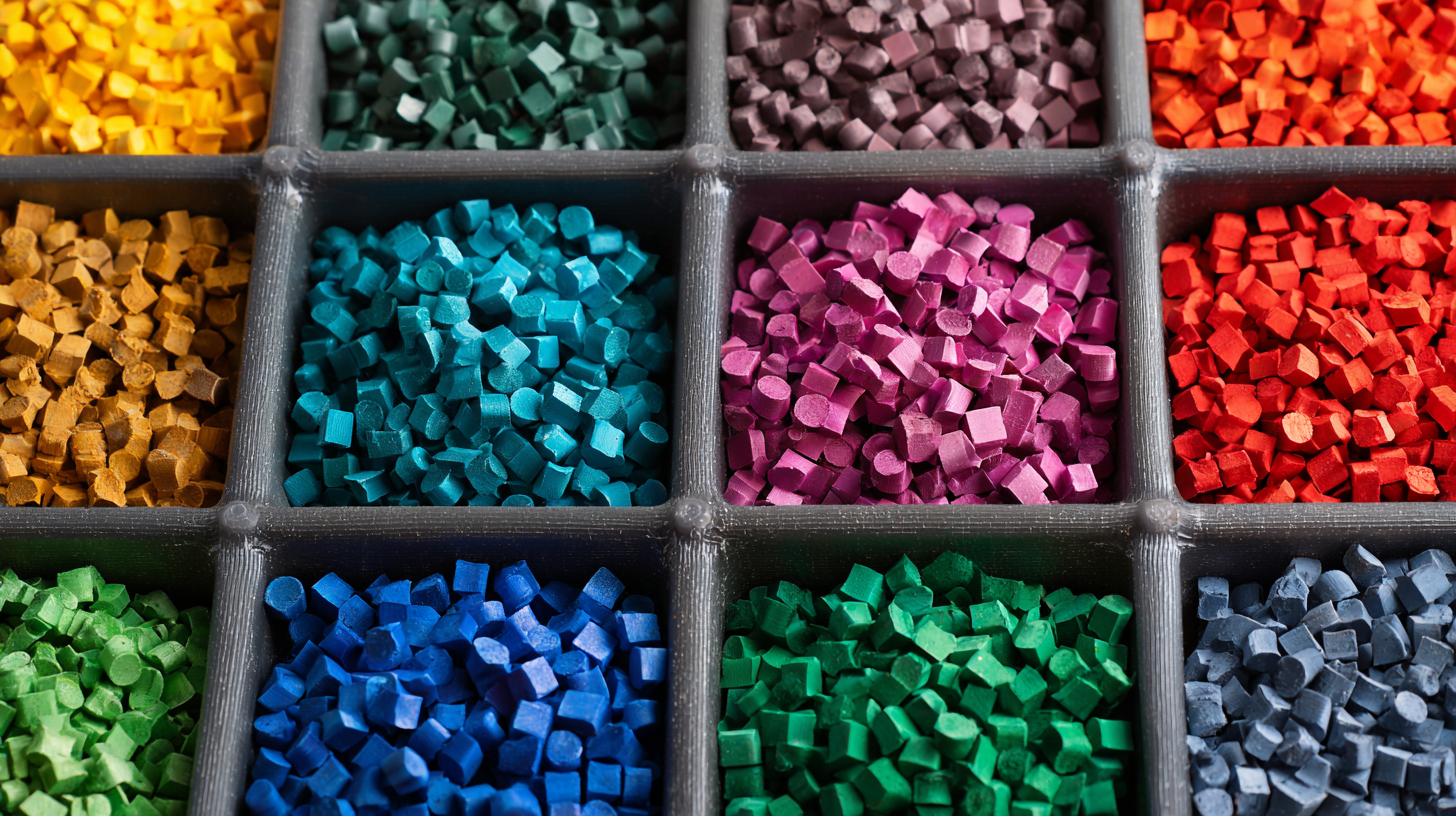
Color masterbatch serves as an indispensable tool for manufacturers looking to achieve precise color matching while maintaining the physical properties of their products. The primary benefit lies in its ability to be easily incorporated into various polymers during the extrusion or injection molding process. This not only streamlines production but also allows for greater flexibility in design. As we explore the mechanisms and applications of color masterbatch, we'll unveil how it can elevate your manufacturing processes and lead to enhanced product performance, ultimately driving success in the evolving plastics market.
Understanding the Basics of Color Masterbatch in Plastic Production
Color masterbatch is an essential component in plastic production, playing a crucial role in achieving the desired aesthetics and functionality of plastic products. Essentially, it consists of concentrated pigments or dyes encapsulated in a polymer resin, which ensures even dispersion throughout the plastic material during processing. According to a report by Smithers Pira, the global masterbatch market is projected to reach approximately $19.7 billion by 2024, with color masterbatch accounting for a substantial portion of this growth. This reflects the increasing demand for customized colors and functional additives in various industries, including packaging, automotive, and consumer goods.
The significance of color masterbatch extends beyond mere visual appeal; it also impacts the physical properties of the final product. For instance, well-formulated color masterbatches can improve UV stability, heat resistance, and even enhance recyclability of plastics. A study published by the Plastics Industry Association highlights that the proper use of color masterbatch can increase production efficiency by up to 20%, as it reduces the need for extensive color changes and clean-up between production runs. This innovative solution not only optimizes manufacturing processes but also supports sustainability efforts, driving the industry towards more eco-friendly practices.
What is Color Masterbatch and How It Transforms Plastic Manufacturing
| Property | Details |
|---|---|
| Definition | Color masterbatch is a concentrated mix of pigments and additives encapsulated in a carrier resin used to color plastics. |
| Applications | Used in injection molding, blow molding, and extrusion processes in various industries including packaging, automotive, and consumer goods. |
| Advantages | Improves color consistency, reduces production costs, enhances processing performance, and allows for greater design flexibility. |
| Types | Includes black, white, and colored masterbatches; additives can include UV stabilizers, fillers, and flame retardants. |
| Composition | Typically made from a carrier resin (like polyethylene or polypropylene) and high-quality pigments. |
| Environmental Impact | Innovations in bio-based masterbatches contribute to sustainability efforts in the plastic industry. |
The Role of Color Masterbatch in Enhancing Aesthetic Appeal
Color masterbatch plays a crucial role in enhancing the aesthetic appeal of plastic products, enabling manufacturers to create vibrant and eye-catching designs that cater to diverse consumer preferences. According to a report by Smithers Pira, the global masterbatch market is projected to reach $14.4 billion by 2024, driven largely by the growing demand for personalized and visually impactful packaging. This surge is indicative of how essential color and design have become in differentiating products in a competitive marketplace.
Furthermore, the use of color masterbatch not only improves aesthetics but also offers enhanced performance characteristics. For instance, modern masterbatches can provide UV stability, thermal protection, and other functional benefits, which help in maintaining the visual integrity of products in harsh environments. A recent study from Technavio highlights that utilizing color masterbatch can lead to a 15-20% reduction in production costs, as it allows for easier color adjustments and consistent color quality, thereby streamlining the manufacturing process. This versatility and improved efficiency showcase how color masterbatch significantly transforms the landscape of plastic manufacturing, making it more conducive to both artistic expression and practical functionality.
Impact of Color Masterbatch on Plastic Products Aesthetics
Benefits of Using Color Masterbatch for Efficiency and Consistency
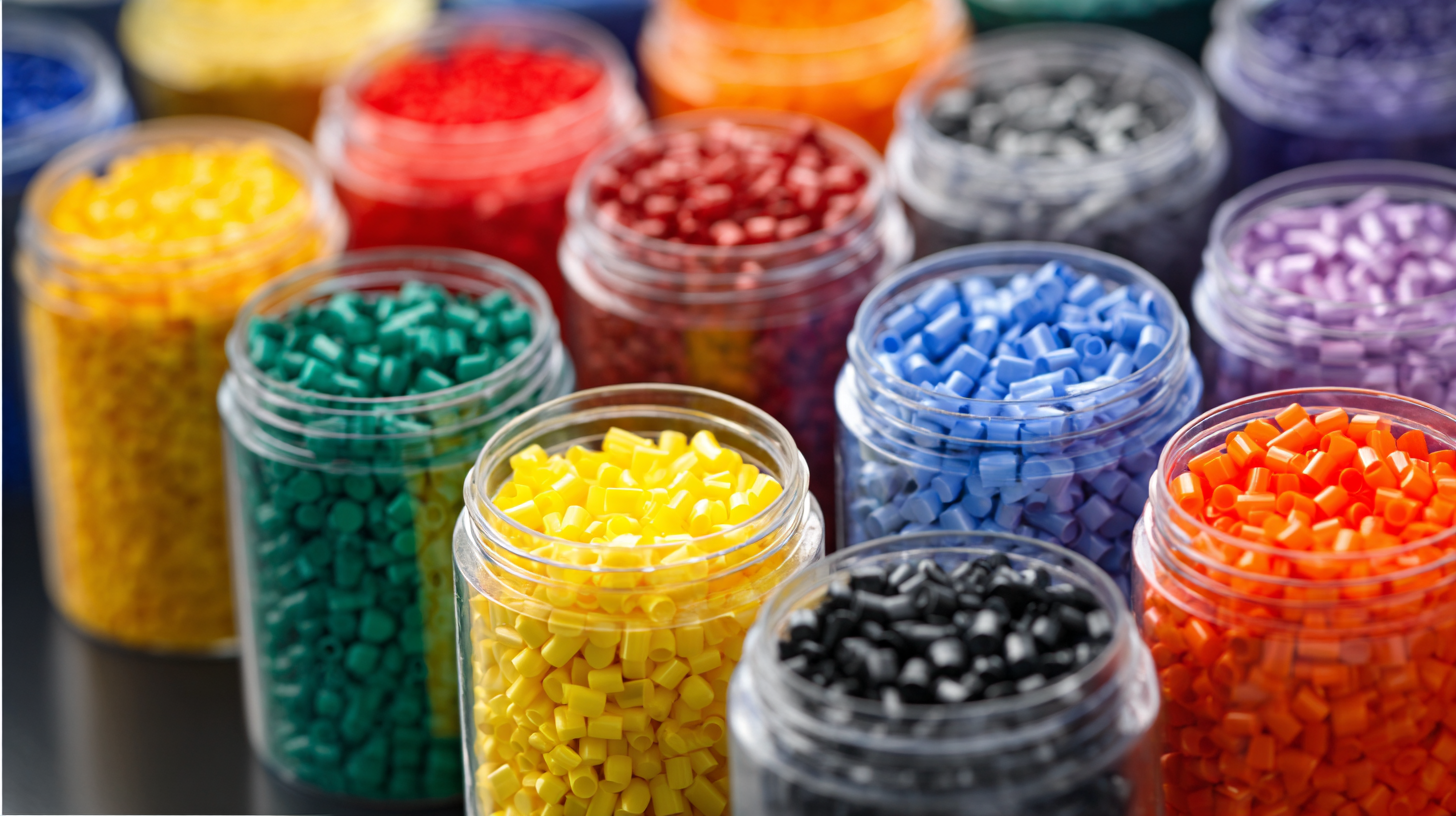 Color masterbatch is a concentrated mixture of pigments and additives encapsulated within a carrier resin. This innovative product offers significant advantages in the plastic manufacturing process, focusing on efficiency and consistency. One of the primary benefits of using color masterbatch is its ability to streamline the production process. By integrating color directly into the polymer melt, manufacturers can minimize the need for complex mixing and measuring of pigments, thus reducing processing time and labor costs. This direct application leads to quicker color changes and less downtime, ultimately enhancing overall productivity.
Color masterbatch is a concentrated mixture of pigments and additives encapsulated within a carrier resin. This innovative product offers significant advantages in the plastic manufacturing process, focusing on efficiency and consistency. One of the primary benefits of using color masterbatch is its ability to streamline the production process. By integrating color directly into the polymer melt, manufacturers can minimize the need for complex mixing and measuring of pigments, thus reducing processing time and labor costs. This direct application leads to quicker color changes and less downtime, ultimately enhancing overall productivity.
In addition to efficiency, color masterbatch ensures a high level of consistency across batches. The use of pre-formulated masterbatches allows for precise control over color properties, which helps maintain uniformity in the final product. This reliability is crucial for industries where color accuracy is paramount, such as consumer goods and automotive parts. Furthermore, with color masterbatches, manufacturers can achieve a wider range of vibrant colors and finishes without the risk of batch-to-batch variations that commonly arise when using raw pigments. By leveraging these benefits, businesses can enhance their competitive edge in the market while delivering quality products to their customers.
Innovative Applications of Color Masterbatch in Various Industries
Color masterbatch is a concentrated mixture of pigments and additives that has revolutionized plastic manufacturing across numerous sectors. Its primary function is to provide consistent coloration and enhanced features to plastics without complicating the production process. Industries such as automotive, packaging, and electronics have harnessed the capabilities of color masterbatches to meet their specific demands.
Innovative applications of color masterbatch have emerged, driving advancements in product design and functionality. For example, in the automotive sector, color masterbatches enable manufacturers to create visually striking components while adhering to safety standards. In packaging, the ability to infuse recycled materials with vibrant colors and protective additives enhances both aesthetic appeal and product longevity.
Tips for selecting the right color masterbatch include considering the base polymer compatibility, desired color shade, and any additional functional requirements such as flame retardancy or UV resistance. Always consult with suppliers to ensure that the chosen masterbatch aligns with your application needs and regulatory standards. As industries continue to evolve, the versatility of color masterbatch will remain a crucial factor in enhancing product performance and sustainability.
Future Trends in Color Masterbatch Technology and Its Impact on Manufacturing
The future of color masterbatch technology plays a vital role in shaping the manufacturing of various plastic products across industries. With its ability to enhance aesthetic appeal and functional properties, color masterbatch is making significant strides in sectors as diverse as medical devices, automotive components, and electronics. Advanced formulations and evolving production techniques are driving innovations that not only improve color consistency but also reduce waste and energy consumption in the manufacturing process.
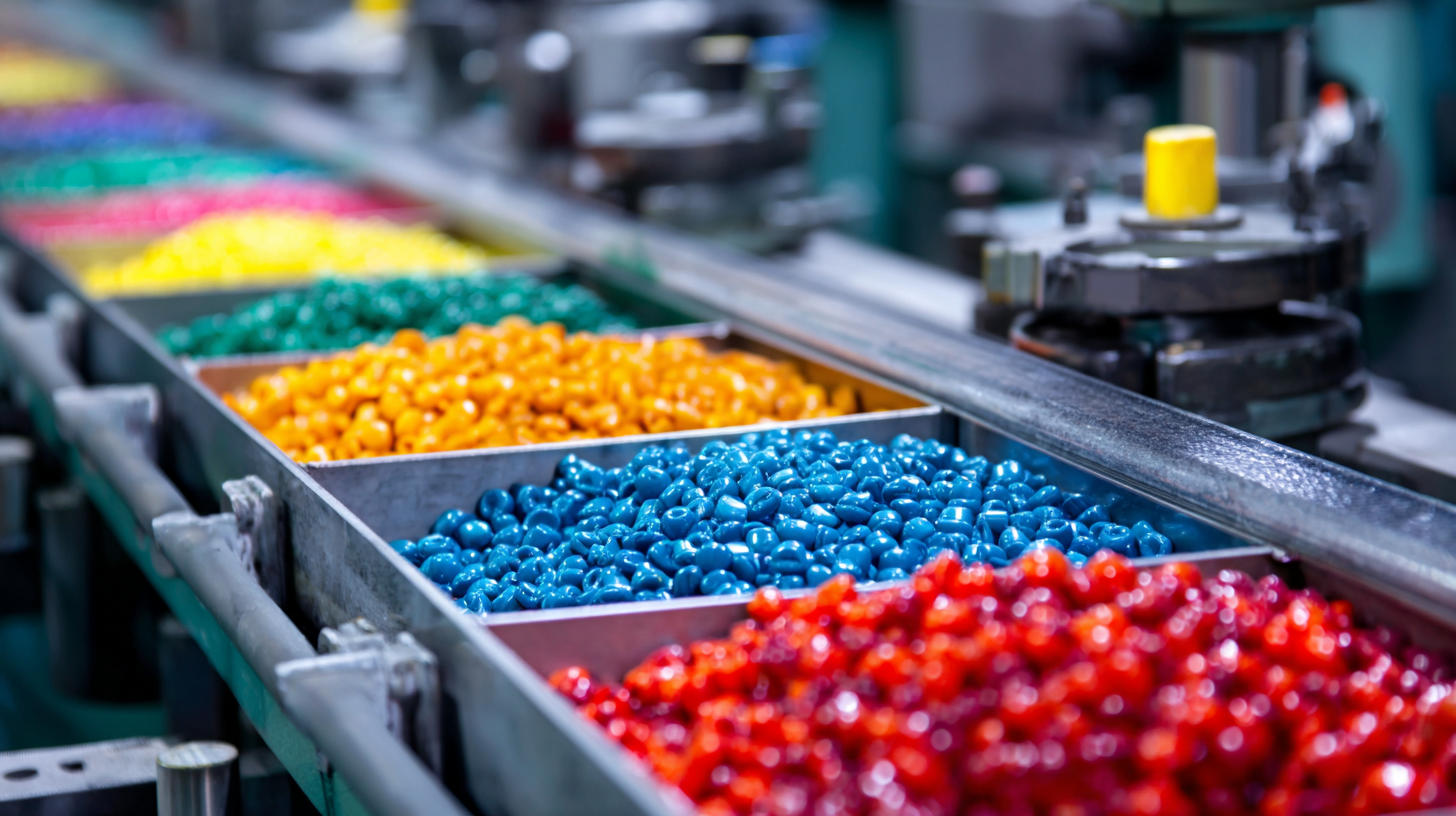
Recent discussions in the industry underscore the importance of integrating cutting-edge technology with traditional practices. Leaders in the field, such as those from Shanghai, emphasize the necessity for businesses to adapt to new advancements. As manufacturers seek to meet increasing consumer demands for customization and sustainability, the development of eco-friendly color masterbatch solutions is expected to gain momentum. This transformation will not only elevate product offerings but also enhance competitive advantage in a rapidly evolving market.
Related Posts
-
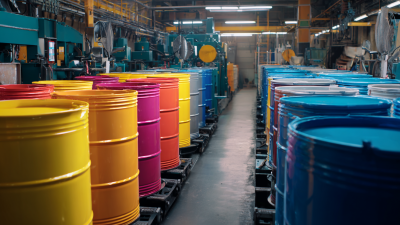
Unlocking Creative Potential: How Color Master Batches Transform Plastic Manufacturing
-
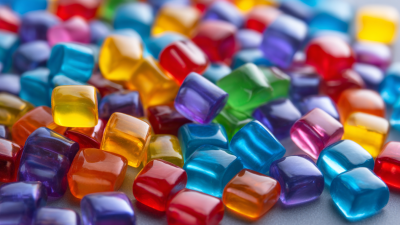
Exploring the Future of EVA Masterbatch: Trends and Innovations in Polymer Additives for 2024
-

Revolutionizing Repair: Understanding the Science Behind Plastic Fillers and Their Environmental Impact
-

Discover How Slip Masterbatch Revolutionizes Plastic Processing Efficiency
-

Exploring the Fascinating World of Plastic Effects: How They Transform Our Everyday Materials
-

The Role of White Masterbatch in Enhancing Sustainable Plastic Solutions
